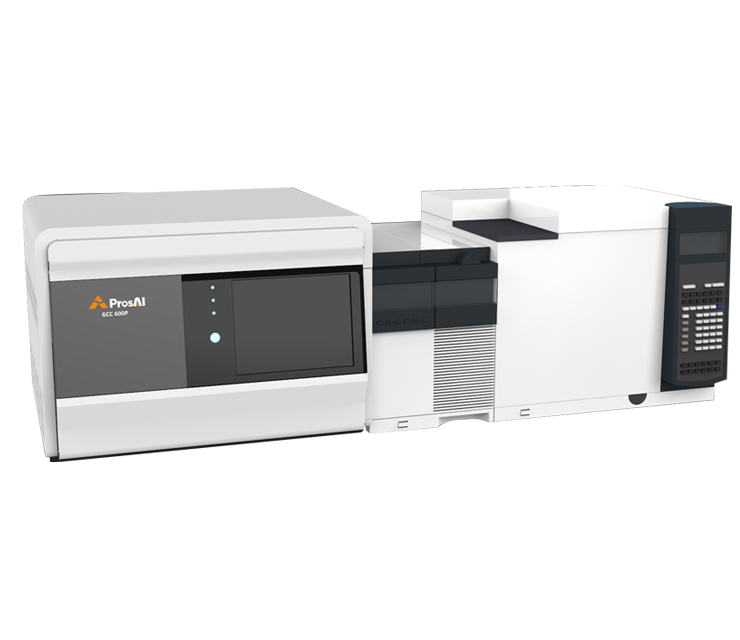
Product Presentation
Use stainless steel tanks, vacuum glass bottles, air bags, etc. treated with the inner wall inertization to collect ambient air and pollution source waste gas samples. The cold trap uses electronic refrigeration, with a minimum temperature of -45°C, and does not use refrigerants such as liquid nitrogen. After the sample is dehydrated by cold trap, enriched and concentrated, focused, and instantaneous thermal analysis, it enters the gas chromatograph for separation, and is detected by mass spectrometry or other detectors. The concentration of each component is quantitatively analyzed by the standard substance mass spectrum and retention time comparison, internal standard method or external standard method. Mainly used for volatile organic compounds in samples. Meet the following standards:
| Appendix B and Appendix C of "Technical Requirements for Manual Monitoring of Ozone Precursor Organics in Ambient Air" |
| Appendix B and Appendix C of the "2019 Prefectural Level and Above Urban Ambient Air Volatile Organic Compound Monitoring Program" (Monitoring Han [2019] No. 11). |
| "Ambient Air Determination of Volatile Organic Pollutants, Tank Sampling/Gas Chromatography-Mass Spectrometry" (HJ 759 latest revision) |
| "Air Quality Determination of Hydrogen Sulfide, Methyl Mercaptan, Methyl Sulfide and Dimethyl Disulfide Gas Chromatography" (GB/T 14678-1993) |
Product Presentation
The use of electronic refrigeration, no use of liquid nitrogen and other refrigerants, more economical, simple, not limited to the refrigerant supply, Three stage cold trap (dehydration, trapping and focusing) is used, and further focusing and concentrating large-volume samples, instant thermal analysis and injection into GC-MS or GC-FID, FPD, SCD Separation analysis. The use of full-flow silanization inertness and full-process non-cold-spot heat preservation technology makes the system better linear, lower detection limit, and high precision. Advanced segmented liquid nitrogen control, less liquid nitrogen consumption. Product performance indicators meet the requirements of various standards. Can be equipped with silanization dynamic dilution, automatic control and quality assurance.
Application Fields
It is mainly used to automatically monitor the C2~C12 hydrocarbons, volatile halogenated hydrocarbons, and oxygen-containing volatile organic compounds in the ambient air and the atmosphere in polluted areas, with a total of 116+1 components.Typical standard spectrum:


| Task requirement | Ambient Air | Stationary pollution source exhaust gas | trace sulfide | Ambient Air+stationary pollution source exhaust gas |
|---|---|---|---|---|
| Features | Low concentration, high moisture content | High concentration, high particulate matter and moisture content | Easily soluble in water | Many comprehensive factors |
| Sampling volume | large | small | large | laarge & small |
| Pre-concentration | GCC600P/GCC610P | GCC600P/GCC610P | GCC600P/GCC610P | GCC620P |
| Autosampler | Optional ASP616 | Optional ASP616 | Optional ASP616 | Optional ASP616 |
| Sampling container | Summa canister & Silanized airless bottle | Silanized airless bottle | Sampling air bag&Silanized airless bottle | Self-selection |
| Dilution instrument | Static diluter SGDF10& Optional dynamic diluter | |||
| Cleaning equipment | Optional Canister cleaning system | / | ABC620 Equipment for cleaning air bags | Self-selection |




